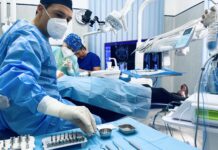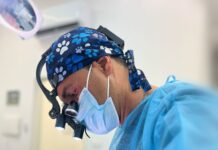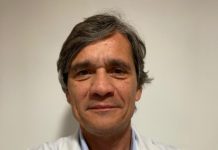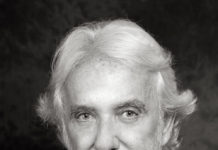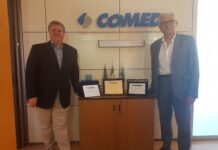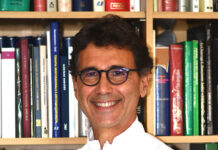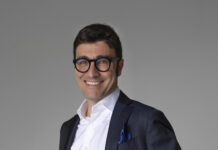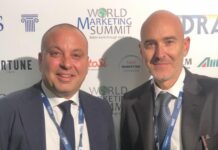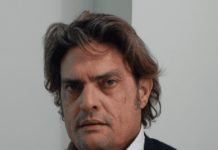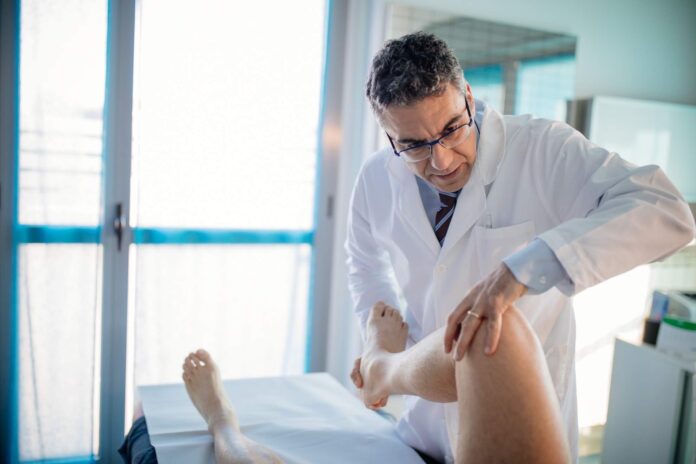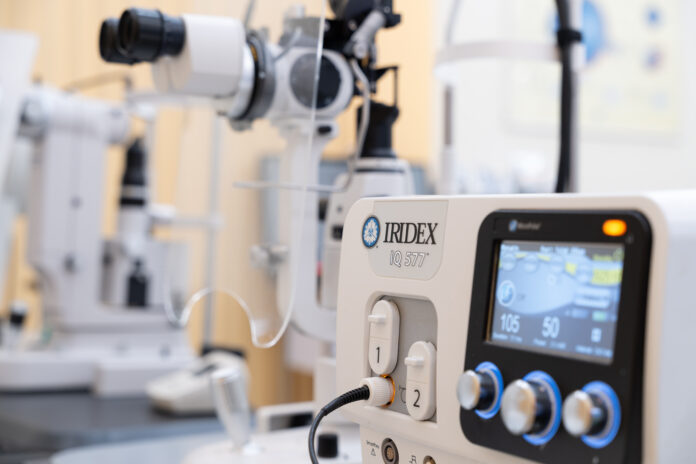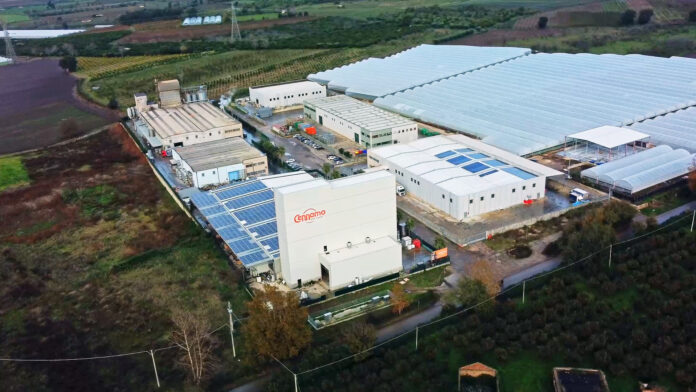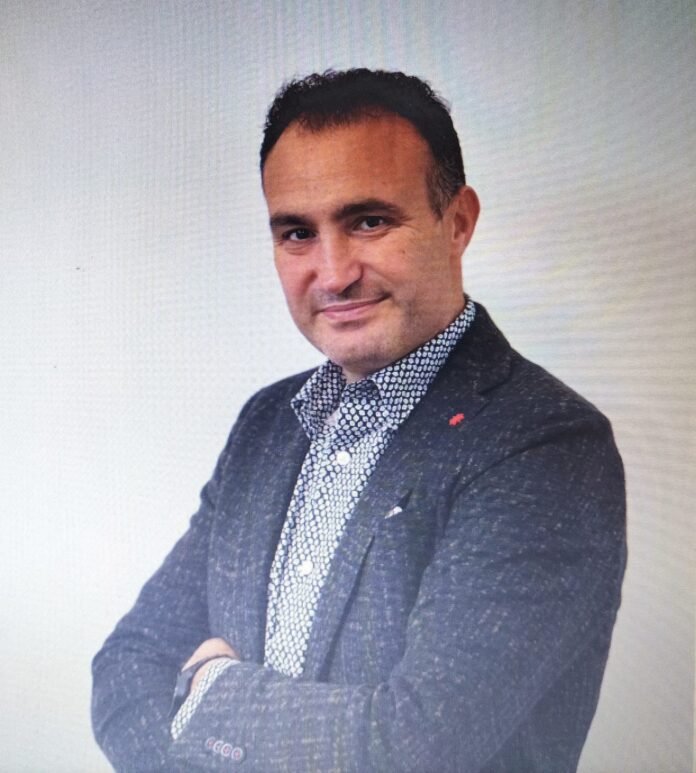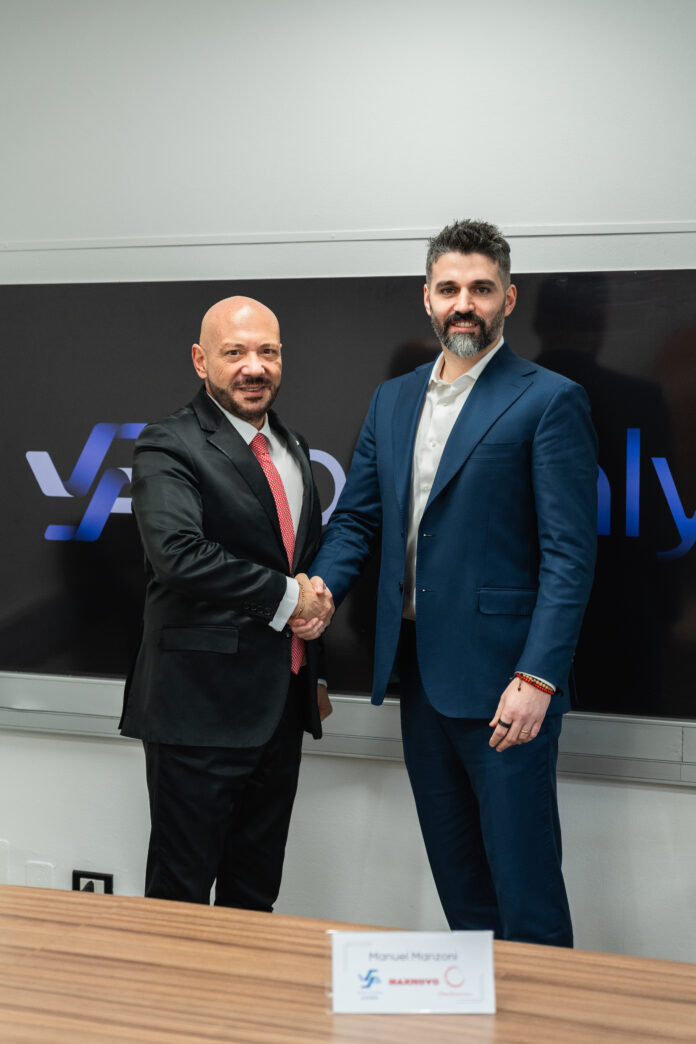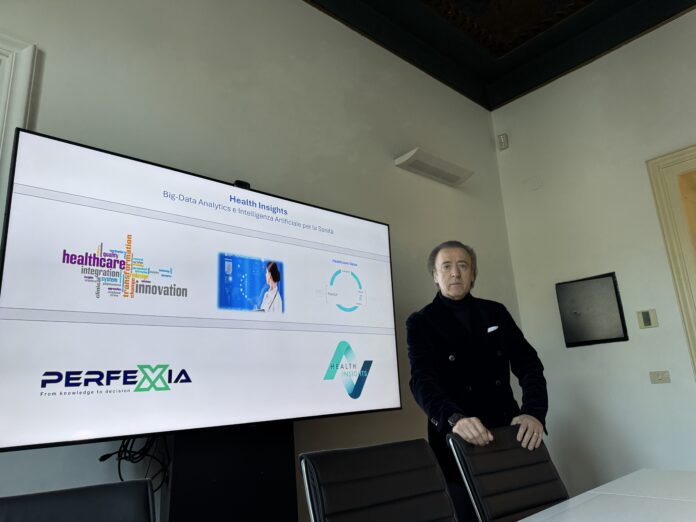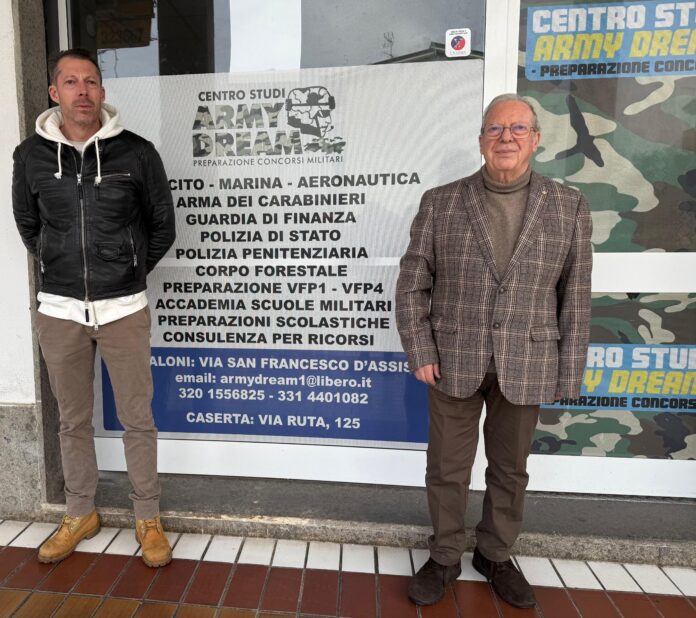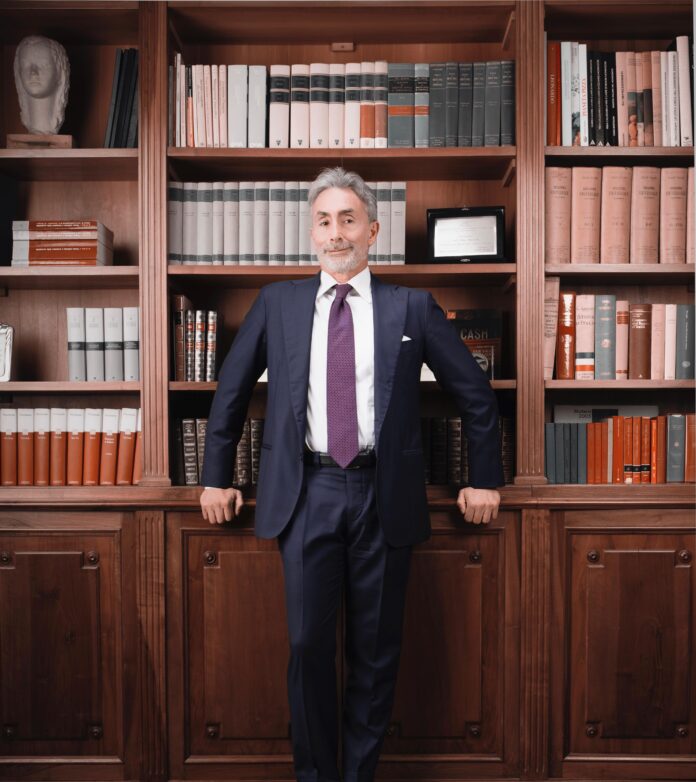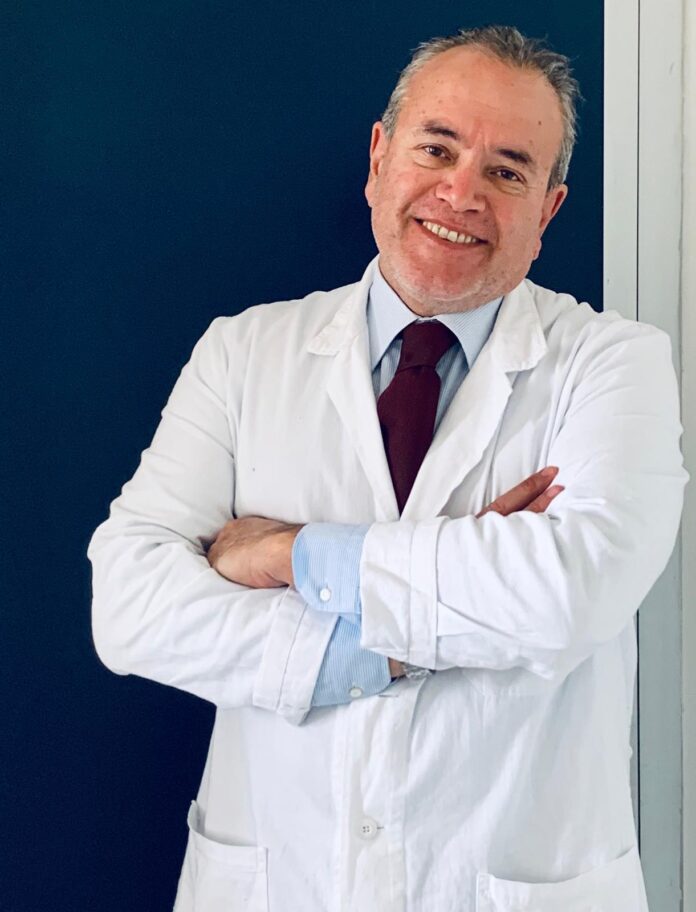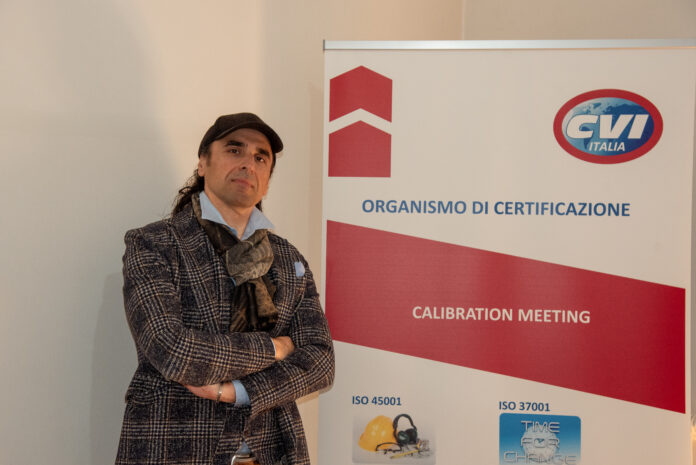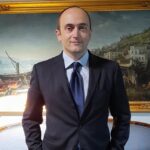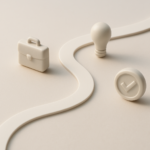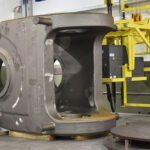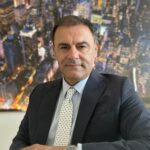In recent years, the field of orthopedic surgery has made tremendous progress with the introduction of extremely innovative technologies that have significantly improved surgical precision and the postoperative experience for patients. Dr. Gianmosè Oprandi, a surgeon specializing in prosthetic surgery for the knee and hip joints as well as sports trauma, shares his insights on the topic.
By Roberta Imbimbo

Dr. Oprandi, what are the latest frontiers in knee orthopedic surgery?
The real frontier in knee prosthetic surgery lies not only in the latest technological innovations, but in the ability to personalize each surgical procedure according to the unique anatomy and delicate balance of bones, muscles, tendons, and soft periprosthetic tissues of each patient. Thanks to advanced technologies, we can now perform knee prosthesis implantation in a personalized manner, tailored to each individual. The goal is to minimize the invasiveness of the procedure and speed up postoperative recovery, allowing the patient to walk naturally, without affecting posture or movement, and thus avoiding both short- and long-term complications.
That represents a major evolution compared to the past!
Absolutely! Until recently, prostheses were implanted using a standardized approach, aligning the limb without considering the specific anatomy of the individual. Unfortunately, this often led to suboptimal outcomes, including persistent pain, premature wear, and difficulties during rehabilitation. Today, with technological advances, we can assess each case before surgery and design a customized prosthetic treatment for every patient based on their unique anatomical characteristics—such as the shape of the femur, curvature of the tibia, cartilage wear in specific knee compartments, patellar alignment, and more. During surgery, we can then execute our plan with extreme precision, using minimally invasive techniques that reduce tissue impact and help avoid malalignment.
However, the anatomical complexity of the knee makes it challenging to fully assess its structure in three dimensions without the use of the latest technologies. The knee is one of the most complex joints in the human body, composed of numerous ligaments, tendons, cartilage, and bones that interact dynamically. To obtain an accurate three-dimensional view of the knee’s anatomy, we rely on advanced technological tools that allow us to analyze every aspect of the joint with precision, enabling a more accurate, personalized, and less invasive approach—offering tremendous advantages both pre-operatively and during the surgical procedure itself.

Robotics also comes into play, revolutionizing orthopedic surgery with improved precision.
Modern robotic systems allow surgeons to perform procedures with millimetric accuracy, significantly reducing the risk of error compared to traditional techniques. Using 3D mapping of the patient’s knee—generated through CT imaging—the surgeon can plan the procedure in great detail to place the prosthesis with optimal precision. This also ensures minimal impact on the knee’s tissues, while respecting the patient’s anatomy and improving alignment and joint functionality.
Robotic systems also allow for more tissue-sparing incisions (such as subvastus, undervastus, or ekklo approaches), offering patients significant benefits in terms of reduced pain and faster recovery. Additionally, robotic-assisted surgery enables more accurate implant positioning and alignment than traditional surgery, resulting in less damage to surrounding tissues such as muscles, tendons, and ligaments. Less invasiveness means less blood loss, reduced postoperative pain, and a much quicker recovery.
Another major innovation is the ability to replace only the damaged part of the knee with high precision, using partial prostheses.
Previously, when a knee was worn out or damaged, the only option was to replace the entire joint with a total prosthesis. Today, we can perform less invasive surgeries that replace only the damaged compartment of the knee—using unicompartmental or bicompartmental prostheses—while preserving the healthy structures and minimizing trauma to the patient. In conclusion, the new technologies applied to knee prosthetics are transforming the landscape of orthopedic surgery, delivering more precise, longer-lasting, and patient-centered results. The future of prosthetic surgery is increasingly moving toward a personalized treatment model, tailored to meet the specific needs of each individual.
For more information: https://droprandi.it






